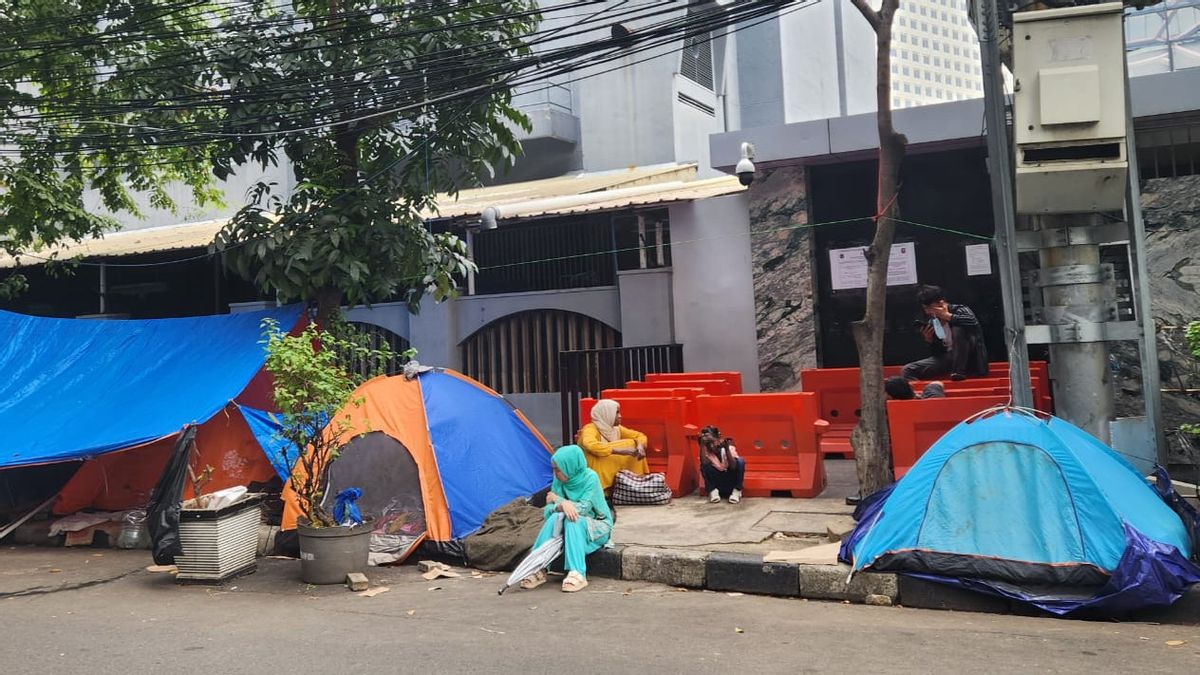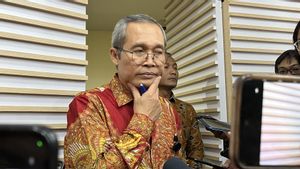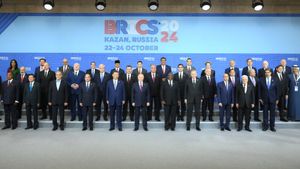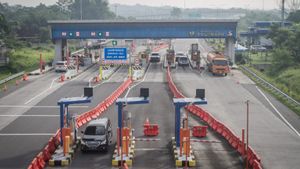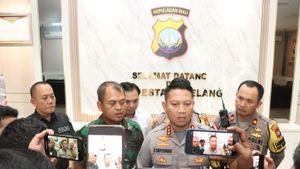JAKARTA - Acting Governor of DKI Jakarta Heru Budi Hartono opened his voice about the existence of foreign nationals (foreigners) seeking asylum who built a tent on the side of the road in the Kuningan area, Setiabudi, South Jakarta.
Heru said the use of sidewalks on Jalan Setiabudi Selatan as a place for asylum seekers to interfere with aesthetics.
"I didn't comment much, but that's an aesthetic of the city, yes," Heru said when met in Johar Baru, Central Jakarta, Monday, July 1.
However, Heru understands that the foreigner was forced to settle on Jalan Setiabudi Selatan because he did not have a place to live. Meanwhile, they do not want to return to their country.
Therefore, Heru will coordinate with the UN agency in charge of refugees, the United Nations High Commissioner for Refugees (UNHCR) to resolve their problems.
"We'll talk later. This is a humanitarian issue. So we talked to UNHCR how to make them also accommodated from a human perspective and not interfere," said Heru.
Heru confirmed that he would immediately check the location where the asylum workers live.
"Later, I myself will be with the Mayor (South Jakarta) and Kesbangpol (National Unity and Political Agency of DKI Jakarta), we will check," he said.
SEE ALSO:
For information, dozens of foreigners without a place to live built tents on the sidewalks of Jalan Setiabudi Selatan, precisely behind the UNHCR office. They are citizens of central eastern countries.
Some of them made the tent a bed, some of which were installing tarpaulins as roofs so they would not be exposed to the heat of the sun.
These foreign asylum seekers settled there because they wanted UNHCR to facilitate new residences. They use the bathroom of a house of worship like a mosque for their needs.
In 2019, this phenomenon also occurred along Jalan Kebon Sirih, Central Jakarta. They built a tent in front of the UNHCR office before moving to the Kuningan area.
Dozens of asylum seekers were in the spotlight because they were considered to have disrupted the smooth running of traffic and aesthetics in central Jakarta. The DKI Jakarta Provincial Government had facilitated shelters for their residence in the Kalideres area, West Jakarta. However, they reappeared and built tents on the streets.
The English, Chinese, Japanese, Arabic, and French versions are automatically generated by the AI. So there may still be inaccuracies in translating, please always see Indonesian as our main language. (system supported by DigitalSiber.id)
